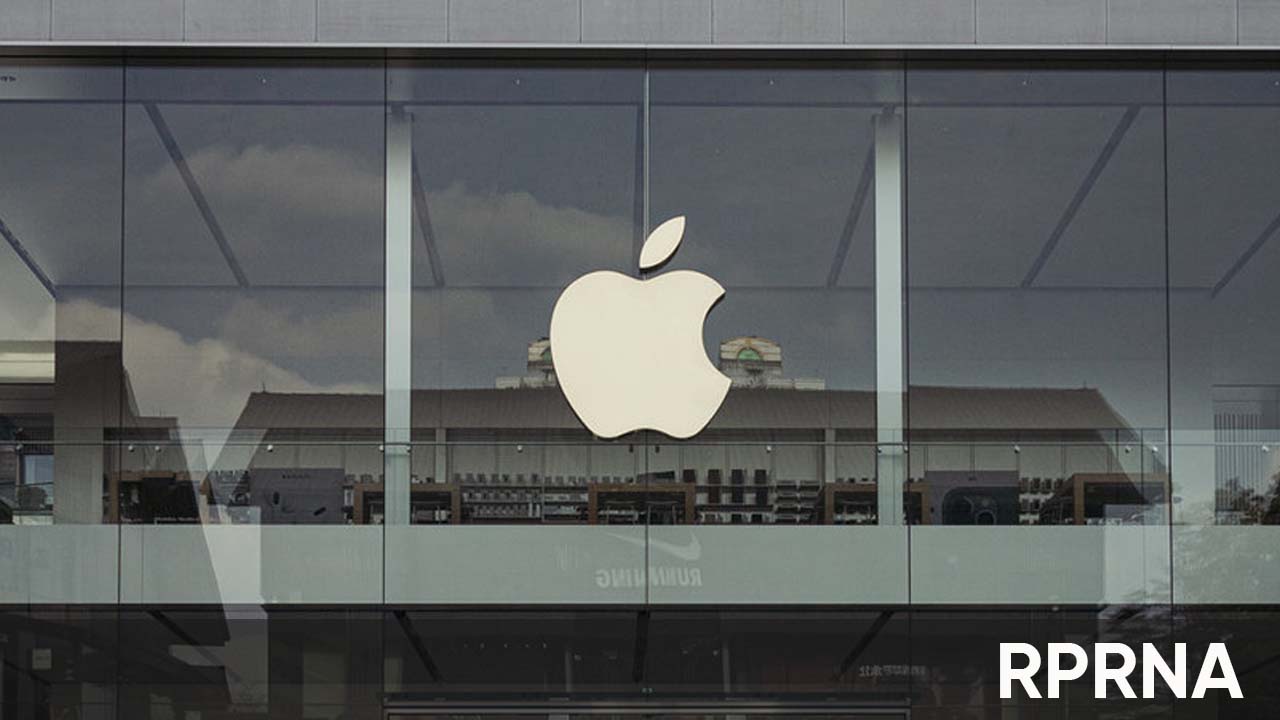Apple’s Continuity suite has always aimed to bridge the gap between its devices. With macOS Sequoia and iOS 18, this ambition takes a giant leap forward: iPhone Mirroring. This feature transforms your Mac into an extension of your iPhone, offering unprecedented control and access.
Imagine wielding the power of your iPhone on the expansive canvas of your Mac screen. iPhone Mirroring brings this vision to life. Every icon, app, and notification from your iPhone is replicated faithfully on your Mac. It’s as if your iPhone’s soul has been transplanted into your computer.
To embark on this journey, your arsenal requires specific tools. A Mac equipped with an Apple silicon chip or a T2 security chip, running macOS Sequoia, is your command center. On the other side, any iPhone capable of running iOS 18 is your digital companion. Both devices must share the same Apple ID fortified with two-factor authentication. A sprinkle of Bluetooth and Wi-Fi completes the setup.
The interface is an uncanny replica of your iPhone’s home screen. Every swipe, tap, and pinch translates seamlessly to your Mac’s input devices. However, this mirroring magic comes with certain caveats. While you can indulge in most iPhone apps, some streaming services and system functions remain off-limits. The inability to resize or rotate the mirrored screen can be a constraint.
Despite these limitations, iPhone Mirroring is a groundbreaking feature. It’s a testament to Apple’s relentless pursuit of a cohesive ecosystem. As the technology matures, we can anticipate refinements that address current shortcomings and unlock new possibilities.
For now, iPhone Mirroring offers a tantalizing glimpse into the future of device interaction. It’s a feature that, while not perfect, undeniably pushes the boundaries of what we expect from our technology.





